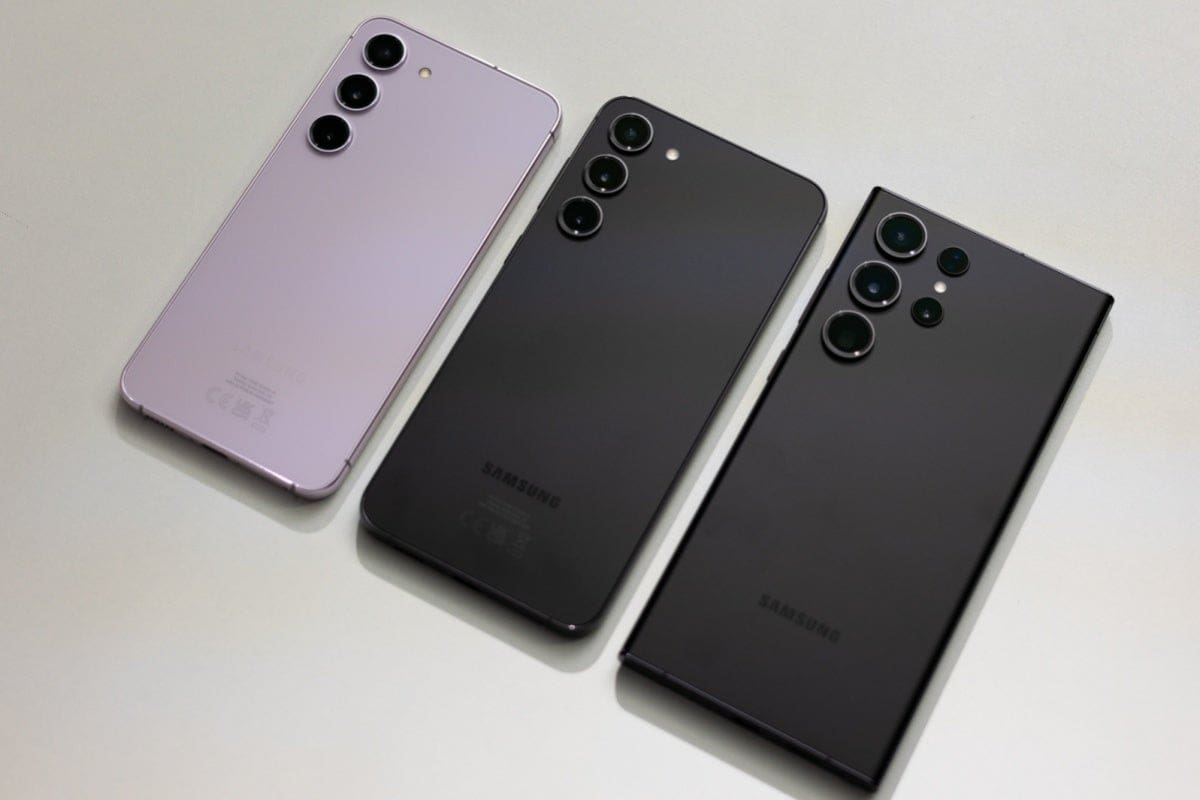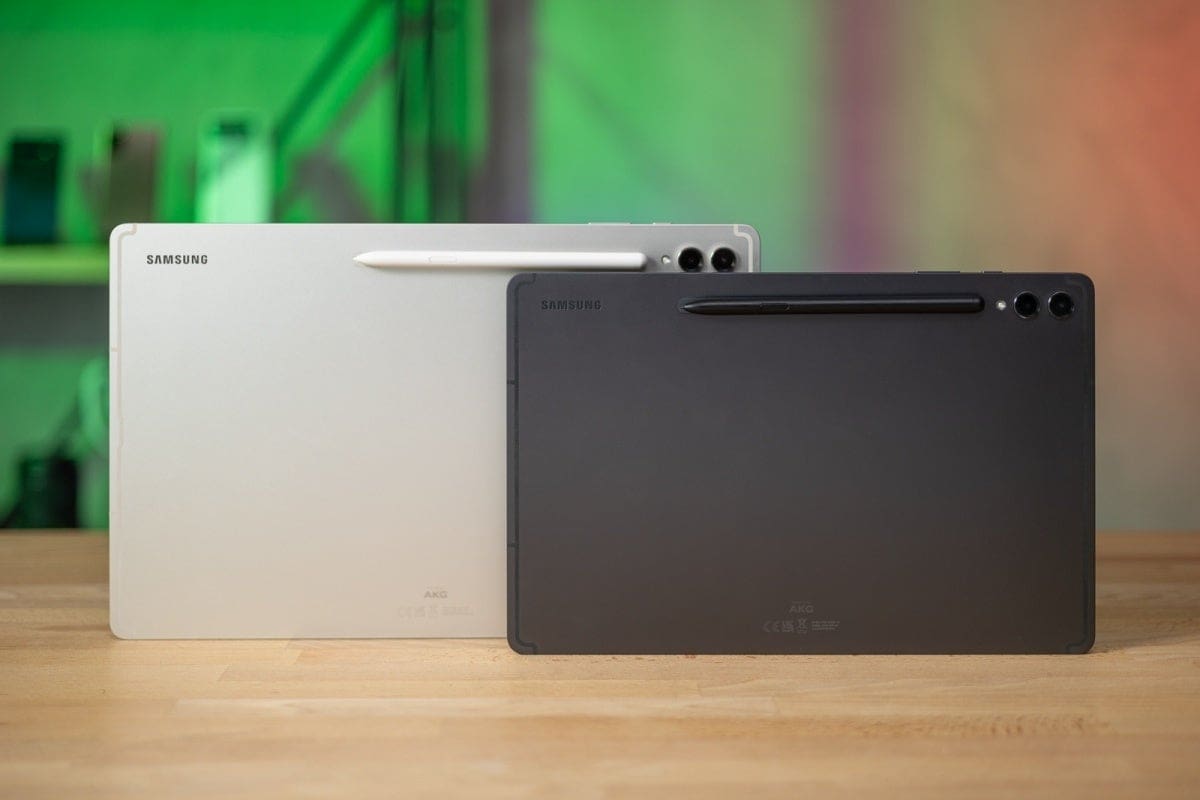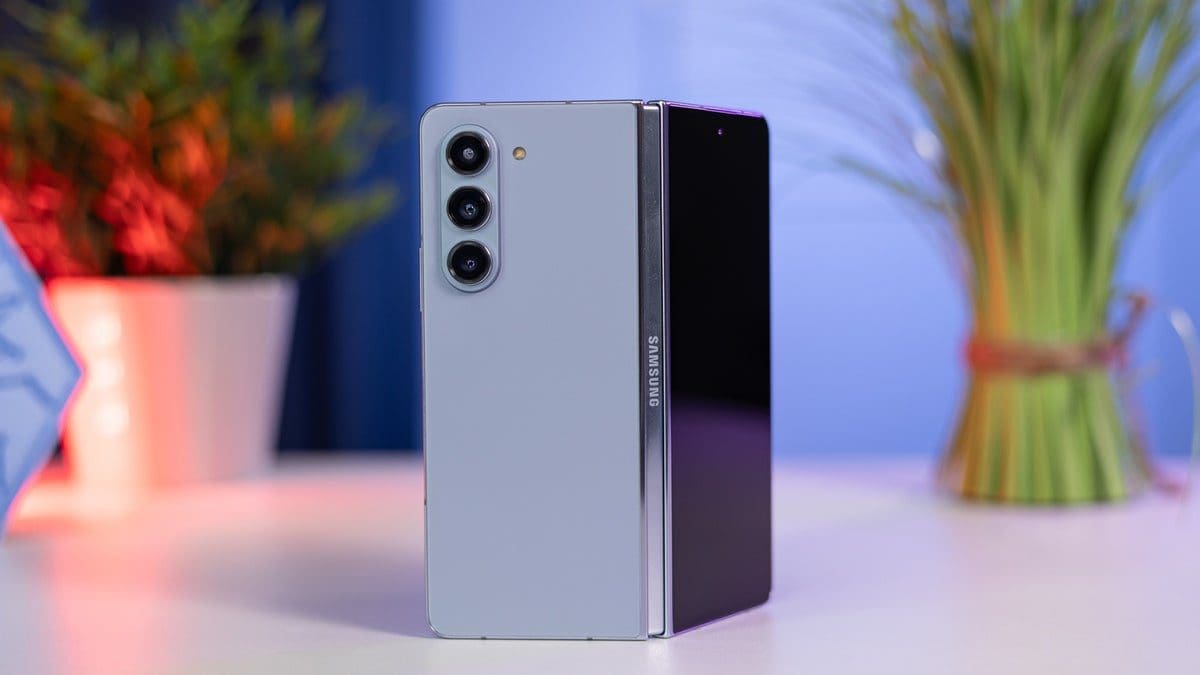While 2023 was a(nother) challenging year for the mobile industry as a whole, some companies were clearly impacted more badly than others by the market’s continuing struggles. Samsung, for instance, yielded its long-held global supremacy to Apple, which found far more success in key regions like China with the iPhone 15 series than the Galaxy S23 family could achieve.
But the Korea-based tech giant is involved in a bunch of different industries, of which some had proven more profitable than the smartphone business even back when Galaxy sales seemed impossible to compete against. Unfortunately for Samsung, that’s no longer the case, and in Q4 2023, it was actually its mobile division that significantly outperformed the once-thriving memory business.
Almost all of Samsung’s profit came from phones
We’re talking about the MX and Networks business, which technically comprises smartphones, tablets, and wearable devices of all types (from smartwatches to true wireless earbuds to fitness trackers), as well as various other investments in “future growth areas such as generative AI, digital health and XR.”

Until Samsung releases some sort of a Vision Pro alternative and unless Galaxy tablets magically become as successful as Apple’s iPads, make no mistake, this is a division dominated by smartphones, and its sales and profit numbers are largely generated by such high-end products as the Galaxy S23 and now the S24 series.
Interestingly, this particular business managed to jump from KRW 1.7 trillion in operating profit in Q4 2022 to the aforementioned 2.73 trillion won at the end of last year while Samsung’s total gains for 2023 fell off a cliff from KRW 43.38 trillion in 2022 to just KRW 6.57 trillion.
This simply staggering drop was mainly caused by a huge decline in memory chip demand, with the DS (Device Solutions) division that includes that key part of Samsung’s business generating 2.18 trillion won of operating losses in Q4 2023.
The tech giant’s revenue, in case you’re wondering, registered much smaller declines both for the entire year and the year-closing three-month window, which essentially means that Samsung’s profit margins have taken a massive hit of late.
What’s on the horizon for Galaxy phones, tablets, and wearables?
Big things, apparently, at least if we are to trust Samsung’s latest predictions. These are of course not very specific, rather vaguely and generically calling for year-on-year growth as far as premium smartphone demand is concerned in Q1 2024, a general mobile industry rebound this year, a “similar” recovery for tablet sales, “double-digit value growth” for smartwatches, and “slight value growth” when it comes to TWS devices (aka true wireless earbuds).
Samsung further aims to “solidify” its leadership position in the foldable market segment, which looks pretty challenging as more and more companies are entering the arena or expanding their presence before Apple inevitably joins the fight for supremacy with an iPhone Fold of its own… at some point in the presumably distant future.


If cheaper Galaxy Z Fold models are indeed on the way, however, that could prove relatively easy to pull off, at least if Motorola doesn’t continue to push its increasingly more popular Razr devices to lower and lower price points.
In addition to premium phones, Samsung is boasting about “healthy sales” of premium tablets as well, which suggests the Galaxy Tab S9 family probably got off to a strong start at the global box-office in the absence of new iPad Pro (or iPad Air, or standard iPad) releases in 2023.








